Commentary: Climate change in Singapore and what the future brings
SINGAPORE: During his recent National Twenty-four hours Rally speech, Prime number Minister Lee Hsien Loong highlighted that the defense against climate change must be given as much emphasis as the military defence provided past the Singapore Armed Forces because climate change threatens the beingness of our nation in the 21st century.
Many Singaporeans who accept paid merely cursory attending to environmental issues may be surprised past the gravity of this message.
Sure, there are the occasional flash floods and yes, we practise call back the days when the island was shrouded in brume. Merely have we come up to the signal where the climate has turned into such a monstrosity that our metropolis-state has to "go to war" confronting this gargantuan enemy for generations ahead?
READ: Commentary: As ice caps cook, Singapore a hot spot for sea-level rise
2 aspects of the problem aid us appreciate our nation's long-term delivery to mitigate and adjust to climate change. First, the observation and scientific understanding of climate change, especially how headline global trends compare in relation to Singapore. 2nd, the rational basis for addressing other suspected effects of climate change.
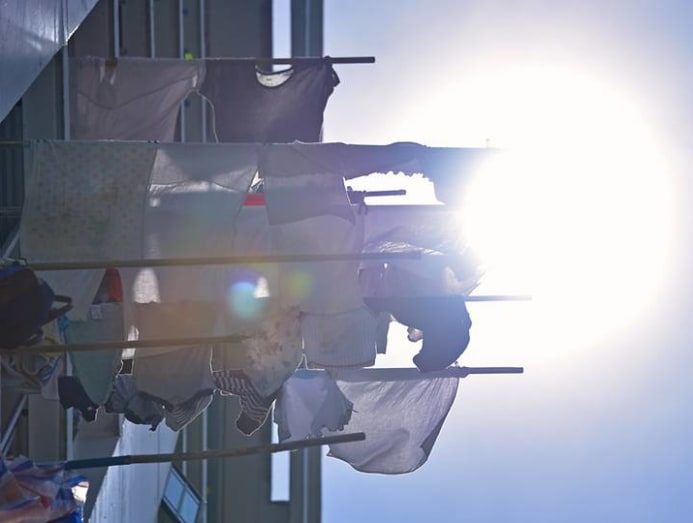
WHEN Climate change WAS KNOWN AS GLOBAL WARMING
Practise yous recall when climate change was known mainly as global warming? That was because ascension temperatures were the earliest signal to be detected.
The world'southward average surface temperature has been rise since the first Industrial Revolution, with a rate of increase of 0.i caste Celsius per decade from 1950 onwards.
For Singapore, the warming was twice equally fast considering land heats up more than easily than the sea and urbanisation replaced cocky-cooling vegetation with heat-retaining concrete buildings and bitumen roads.
The summit 10 hottest years in Singapore since 1950 all occurred within the terminal 22 years. The elevated temperature baseline brought on by the combined effects of excessive greenhouse gases and urbanisation led to the observed clustering of the hottest years.
READ: Commentary: Rise temperatures will make Southeast Asian economies sweat
This ways that Singaporeans are more at gamble than e'er from heat illnesses, like heat exhaustion.
STRESS ON H2o SUPPLIES IN 2015
Two of the hottest years, 1997 and 2015, are also respectively the driest and second driest years in Singapore on record, from information that dates back to 1869.
These years witnessed strong El Nino events whereby the central equatorial Pacific Ocean is unusually warm and attract convective clouds and rain away from Southeast Asia, leading to intensified solar heating and drought in this region.
Global warming added to the forcefulness of the naturally occurring El Nino, with meaning bear upon on our region.
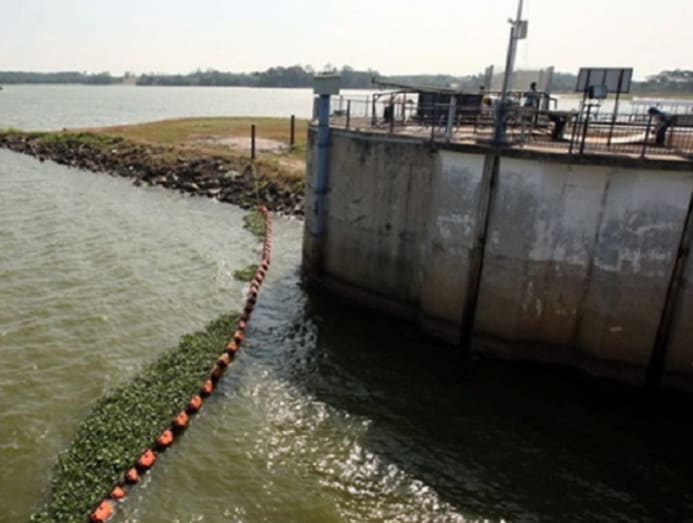
3 districts in neighbouring Johor underwent h2o-rationing in Baronial to September 2015, affecting more than 640,000 industrial and household consumers for a month.
In Singapore, the desalination and NEWater plants under Public Utilities Board increased freshwater product to tide usa over, then few people noticed the h2o shortage.
READ: Commentary: Beyond scarcity and security, does Singapore demand a new water narrative?
EXPOSURE TO Brume
But water supply was non the but challenge we faced that year. We were sitting ducks for the transboundary haze that hit us repeatedly from late August to cease October.
The 24-hour Pollutant Standards Index (PSI) broke 300 and stayed in the Chancy range for several hours on Sep 25, 2015. Schools were closed that day to minimise our children's exposure to the unhealthy air.
The brume was produced by human being-made woods fires in Sumatra fabricated worse by the hot, dry weather. Many Singaporeans would recall a severe haze episode similarly aggravated by El Nino dorsum in Oct 1997.
The sombre realisation is that hot, dry years are becoming more often because of climate change.
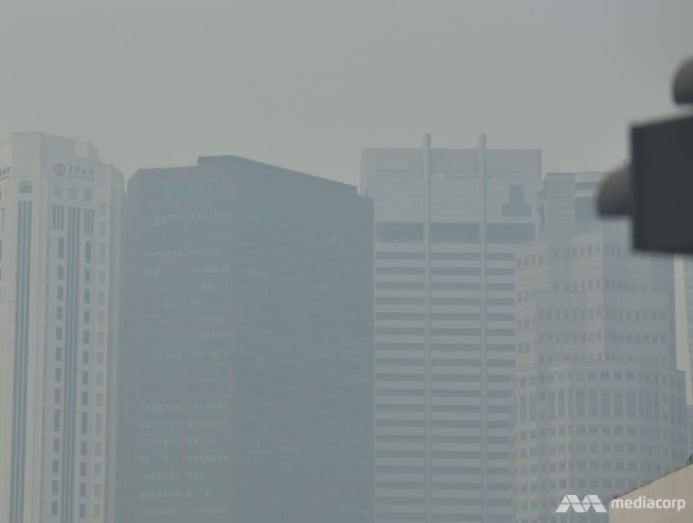
RISING SEA LEVELS
The by is a guide simply let'due south look at the hereafter and what could impact united states nearly. The scientific discipline underlying climate change is easy to grasp.
We learnt as a kid that things expand when heated. The ocean is no exception: Global warming has caused the upper sea to increase its volume, raising the mean sea level.
This rise is exacerbated by melting water ice caps in Greenland and Antarctica as well as glaciers around the world. Tidal gauges in Singapore Strait and Johor Strait testify our local sea level has risen at a rate of 2 to 4 cm per decade in the last 25 years.
READ: Commentary: A new hot earth and the death of Iceland'due south 700-yr-old glacier
The charge per unit of increase will advance as the world burns more fossil fuels to provide free energy. The carbon dioxide gas emitted enhances downward infrared radiations at the surface, akin to using infrared lamps to continue food warm, except that we overdo the warming by our incessant consumption of the non-renewable free energy.
Past 2100, Singapore may feel betwixt one-half to 1m of mean sea level rise, according to the Second National Climate Change Study published by Meteorological Services Singapore. It's no wonder the threat of coastal overflowing posed past rising body of water levels was a key issue PM Lee raised last week.
READ: Commentary: How effectively can Singapore adapt to ocean level rise?
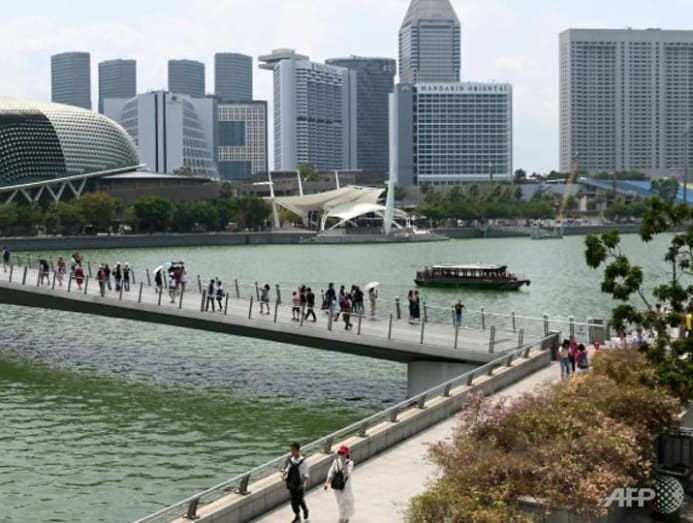
UNANSWERED QUESTIONS WHEN CLIMATE CHANGES
Still, there are open questions about climate change that science has non answered or cannot answer.
Hither are two examples that impact Singapore: How the frequency, intensity and duration of tropical storms like Sumatra squalls would change is yet unknown. How Aedes mosquitoes which transmit dengue would breed in a irresolute climate is a affair of research.
The "tipping betoken" across which the globe's climate is irreversibly contradistinct is hard to quantify as a threshold on a measureable alphabetize. Hereafter warming also depends on the global commonage decision on free energy product and consumption, the latter contributed much by urban centres like Singapore. This is an indeterministic problem at the core.
So climate scientists cannot foretell which climate-change scenario the Globe volition follow or map out all the details. But should these uncertainties agree us back from activity?
The rational response to meet grave risks arising from uncertainty is to "purchase insurance", like the way we protect our loved ones in buying life policies. For a nation, "insurance" means coordinated mitigation and adaptation policies.
For instance, the Ministry building of Finance introduced this yr the carbon tax to dis-incentivise greenhouse gas emissions. The Ministry building of Surround and Water Resources has planned for a second pump house at the Marina Avalanche to reduce flash-overflowing risk during a thunderstorm for low-lying areas of central Singapore.
Heed: The Pulse: Climate change and Singapore's new vulnerabilities
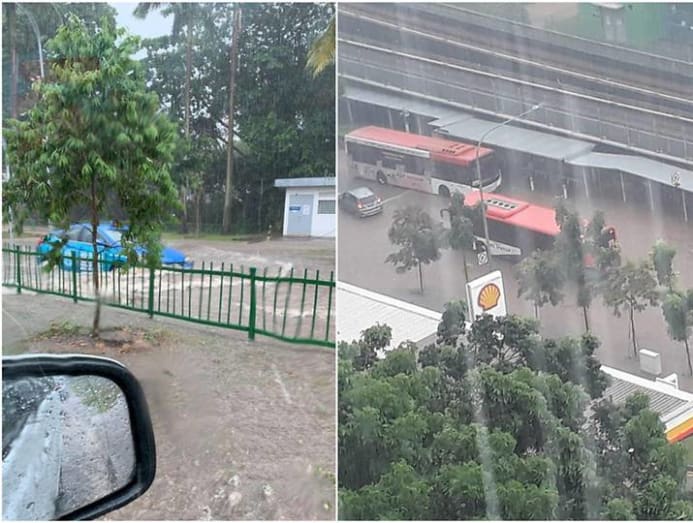
The fact is ironically in 2015, the second driest year on record, on December 10 and 11, heavy downpours brought wink floods to Kallang and Boon Lay areas.
This is the kind of unpredictable risks that we seek to defend ourselves against when we face up a irresolute climate in Singapore. There is still time only the stakes are high. We have to act now.
Acquaintance Professor Koh Tieh Yong is a climate scientist at the Singapore Academy of Social Sciences.
Source: https://cnalifestyle.channelnewsasia.com/commentary/commentary-climate-change-singapore-and-what-future-brings-279431
0 Response to "Commentary: Climate change in Singapore and what the future brings"
Post a Comment